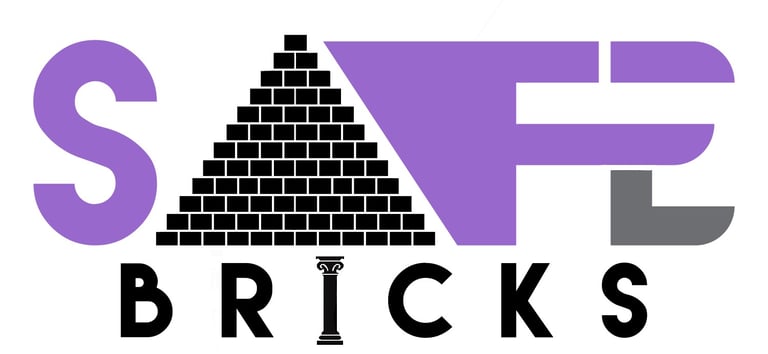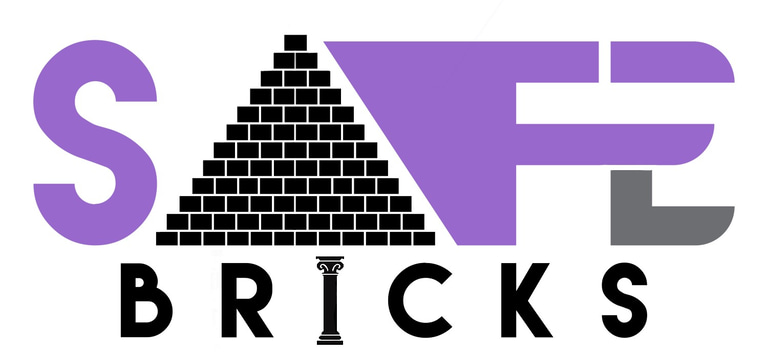Staircases for Loft Conversions: Your Step By Step Guide
If you are considering a Brighton & Hove Loft Conversion, one of the most significant design decisions you’ll face is how to incorporate a suitable staircase. A properly planned staircase not only provides safe access to your new living space but also maximises both practicality and style. In this comprehensive guide, we’ll walk you through everything you need to know about Staircases For Loft Conversions, from initial planning and design to building regulations and final installation. Whether you’re already working with a Brighton & Hove Loft Conversion Contractor or are still researching your options, these insights will help you make the best decision for your home.
1. Why Staircase Design Matters in Loft Conversions
When you’re creating a loft conversion, the staircase becomes an essential connection point between the old and the new. It affects how well your new loft space integrates with your existing home, and it must meet regulatory standards while maintaining an attractive aesthetic. In a city like Brighton & Hove, where space is often limited, choosing the right staircase design is crucial for functionality, safety, and comfort.
Key Benefits of a Well-Designed Staircase
Optimal use of space: A compact and clever design ensures you don’t lose too much room in your existing floors.
Enhanced aesthetics: The look of the staircase should complement your home’s architectural style.
Compliance and safety: Properly planned staircases meet building regulations, keeping everyone safe.
2. Initial Considerations for Loft Conversion Staircases
Before jumping into the construction phase, consider the following points that will influence your staircase’s design, layout, and materials.
a) Building Regulations and Safety
In the UK, loft conversion staircases must comply with building regulations relating to headroom, pitch, and fire safety. These regulations ensure that the staircase is practical to use and safe for all occupants. Consulting with a Brighton & Hove Loft Conversion Contractor like Safe-Bricks Limited early on can help you navigate local requirements.
Key aspects of building regulations for staircases:
Minimum headroom: Usually 2 metres, but there can be exceptions for loft conversions.
Stair pitch: The angle of the staircase must not be too steep.
Fire safety measures: Fire-rated doors, or alternative safe escape routes, may be required.
b) Available Space
The location and size of the staircase can significantly affect your home’s layout. You’ll need to account for the space on both the loft level and the floor below. Winding or spiral staircases can be great solutions when space is tight.
c) Aesthetics and Materials
Your staircase should match or complement your home’s design. Timber, metal, and glass are popular choices. Each material offers a different look and feel, so select one that harmonises with your home’s existing decor.
3. Step By Step: Planning and Installation
Step 1: Measure and Map Out
Start by identifying the best location for your new loft staircase. Common choices include above existing stairs or in hallways to save space. Accurately measuring ceiling height, floor space, and potential headroom obstructions helps refine your options.
Step 2: Choose Your Staircase Type
When exploring Staircases For Loft Conversions, you have several types to consider:
Straight Flight: Simple design but may require more space.
Quarter or Half-Turn: Adds a turn to save space and can be more visually appealing.
Spiral Staircase: Ideal for tight spaces, but must still meet safety standards.
Alternating Tread (Space-Saver): A clever design where alternating steps reduce floor area usage.
Step 3: Finalise Building Regulation Details
Work with a Brighton & Hove Loft Conversion Contractor to ensure the staircase design meets regulations. This often involves consulting architectural drawings, confirming measurements, and ensuring the pitch, riser, and headroom adhere to legal requirements.
Step 4: Prepare the Site
Before installation, clear the area to prevent delays and hazards. In some cases, minor structural work may be needed, like reinforcing the floor where the new staircase will sit.
Step 5: Install the Staircase
Your contractor will fit the staircase carefully, ensuring each step meets safety standards. This stage may also involve adding fire-rated doors, sealing gaps to contain potential fires, and installing any necessary handrails or balustrades.
Step 6: Inspections and Finishing Touches
Finally, the local building control inspector will check that your new staircase complies with regulations. Once approved, you can add finishing touches like paint, stain, or carpeting to match the style of your home.
4. Building Regulations to Note
Throughout the planning and installation process, keep these key regulation points in mind:
Headroom: Aim for a minimum of 2 metres where possible.
Width: While no fixed minimum width is stated in regulations, typically 600-800 mm is used for loft staircases.
Handrails and Balustrades: Must be sturdy and meet minimum height requirements for safety.
Fire Safety: Often requires a 30-minute fire-resistant door at the top or bottom of the loft staircase.
Ensuring full compliance will keep your home safe and streamline project completion.
5. Why Choose Safe-Bricks Limited for Your Loft Conversion
If you’re looking for a Brighton & Hove Loft Conversion Contractor with expertise in Staircases For Loft Conversions, Safe-Bricks Limited offers:
Expert Knowledge: Our team has extensive experience with local planning laws and building regulations.
Customised Designs: We tailor every aspect of your loft staircase to suit your preferences and your home’s spatial constraints.
Quality Craftsmanship: We use high-grade materials to ensure durability and an attractive finish.
Comprehensive Project Management: From initial consultation to final inspection, we handle every step to give you peace of mind.
6. Final Thoughts: Maximising Your Loft Conversion
A well-designed staircase is the lynchpin of any successful Brighton & Hove Loft Conversion, making your new living space inviting, safe, and easy to access. By carefully planning your staircase design, working with a reliable Brighton & Hove Loft Conversion Contractor, and adhering to building regulations, you can transform your loft into a functional and stylish extension of your home.
Ready to start designing a staircase that meets your unique needs? Contact Safe-Bricks Limited today to learn how our experienced team can help guide your Staircases For Loft Conversions from concept to completion.
Get a Free Quote Today
Thinking about maximising your space with a Brighton & Hove Loft Conversion? Speak with Safe‑Bricks Limited—your trusted Brighton & Hove Loft Conversion Contractor. From design to installation of compliant Staircases For Loft Conversions, we’ll guide you every step of the way. Book your free, no‑obligation consultation today—call now.


Safe-Bricks Limited © 2025. All rights reserved.




